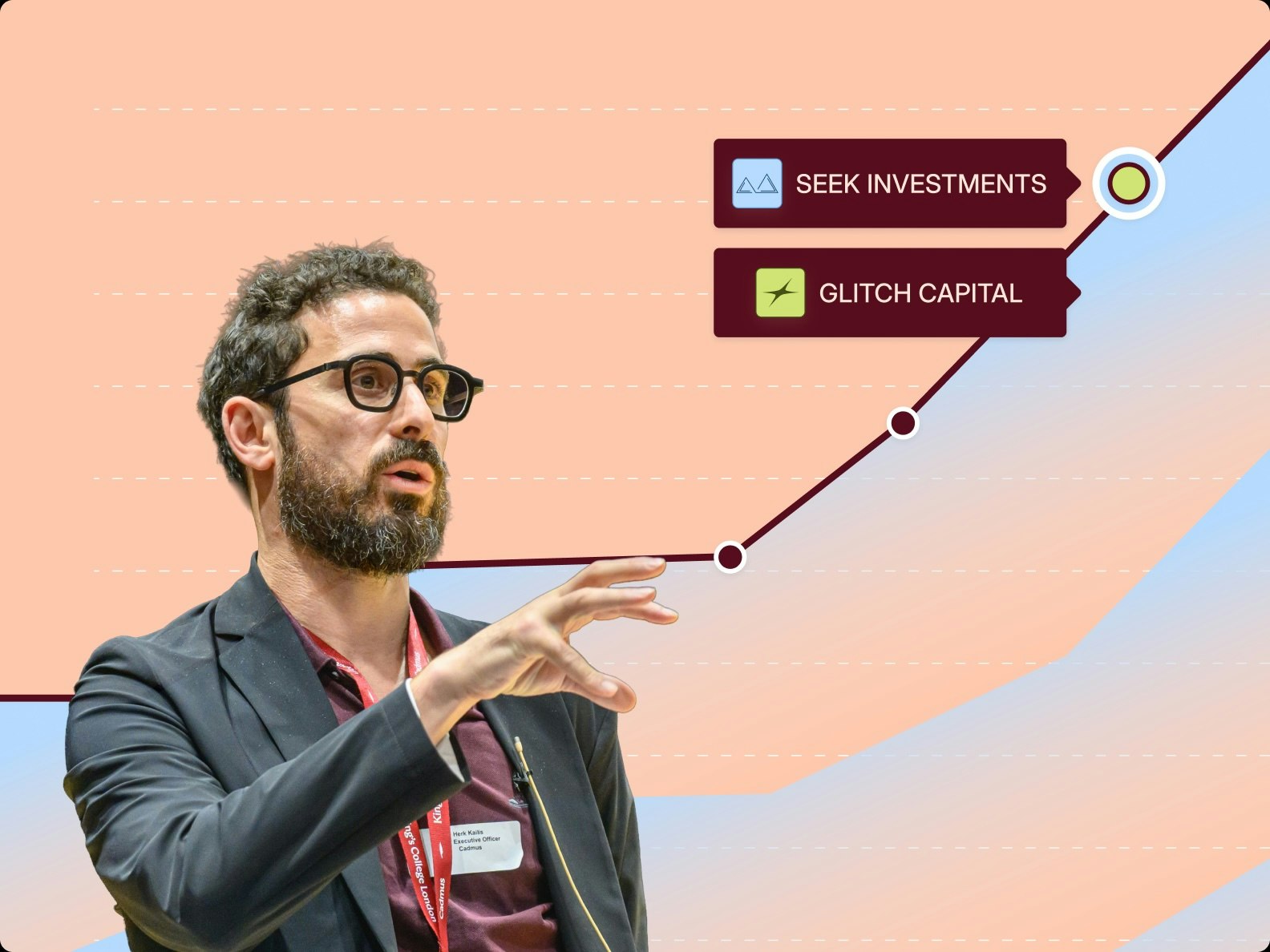News
What is assessment for learning?

Share with colleagues
Download the full Case Study
Take an in-depth look at how educators have used Cadmus to better deliver assessments.
Every semester we see students orient their learning around their assessment items; questioning what's on the exam before engaging with any content, or ignoring feedback that doesn't impact future assessments. While the dynamic between assessment and learning may seem to have a limiting effect on what students learn, the reverse is also true. The right assessment design can orient students towards deep and meaningful learning.
Many of us are familiar with the differences between formative and summative assessment. Tasks that help students learn are formative (e.g. submitting a draft for feedback) and tasks that evaluate student learning are summative (e.g. sitting an exam). Adopting a more fluid definition, we can promote student learning in both formative and summative tasks — considering each item as assessment for learning.
In assessment for learning, it is the purpose of assessment, rather than the nature of it, that is important. (Cambridge Assessment).
What does this mean in practice?
When we adopt an assessment for learning mindset, we ensure that every assessment in a course contributes to helping students learn and succeed (Sambell, McDowell, Montgomery, 2012).
This comes down to a few key principles:
-
Assessment designs are authentic and mirror 'real world' applications
-
There are points for formal and informal feedback
-
Students evaluate their own progress and quality of work
-
There are opportunities for students to build skills and confidence, through a balance of formative and summative pieces
Looking at the way assessment is currently conducted, these principles support a shift away from high-stakes tasks. A "refocus on helping students value their learning" — instead of optimising for performance in exams and tests — will ensure we produce capable and adaptable graduates.
Assessment for learning at scale
Like any teaching and learning reform, embedding assessment for learning practices into our courses can be challenging and time-consuming. According to Carless et al. (2017), there are a number of strategies universities can use to drive assessment change:
-
Middle-level leaders (Deans, Heads of Schools, etc.) encourage and support staff to make changes
-
Staff are given opportunities to build assessment literacy and share best practices through professional development
-
Technology is leveraged to facilitate innovative assessment and reduce workload
Enabling vs enhancing assessment for learning
When we look at how technology can be leveraged, it is important to distinguish between tools that enable assessment for learning, and tools that enhance it. Take the LMS — while it does a good job at enabling online submissions and facilitating feedback, it does not, in and of itself, promote student learning. The LMS merely improves the workflow for teachers choosing to implement better practices.
Tools that enhance student learning facilitate learning-oriented touchpoints for students that would otherwise be difficult to implement at scale. Take, for example, an assessment platform like Cadmus. When teachers use the scaffolded assessment templates, they model the best process for students to complete assessments successfully. This functionality reduces teacher workload in redesigning assessments, while also helping students develop skills in stages and evaluate their own progress.
Investing in technology that enhances, not just enables, student learning fast tracks universities committed to implementing assessment for learning at scale.
More importantly, by understanding the strengths and limitations of learning technology, universities can identify where they want to invest. Tools that relieve the pressure on teachers to transform assessments themselves, make space for teachers to promote learning in other meaningful areas that technology cannot support; like providing personalised feedback.
Ultimately, by finding the right balance of technology, support for staff, and training opportunities, universities can begin to effectively embed better assessment practices institution-wide.
---
We've only scratched the surface. If you're interested in learning more about assessment for learning, check out some of our favourite resources:
Category
Teaching & Learning
More News
Load more
Company
Cadmus Takes First Place in APUC Framework Agreement
We're excited to announce that we have been awarded the first place in APUC’s Framework Agreement. As a result, higher education institutions across the UK can now procure Cadmus through the University of London (CoSector), streamlining the procurement route.
2025-11-28

AI
Leadership
Student Success
Teaching & Learning
The future of assessment in a shifting higher education landscape: Lessons from the Teaching & Learning Forum
Discover how universities across Australia are reimagining assessment to foster integrity, authenticity, and student success in an AI-driven world.
Cadmus
2025-10-31

Company
Cadmus secures backing to safeguard university learning in the age of AI
Cadmus has secured backing from SEEK Investments and Glitch Capital. With this investment, we’ll continue to advance assessments that safeguard academic integrity, empower educators, and enable meaningful learning for students everywhere.
Cadmus
2025-09-17